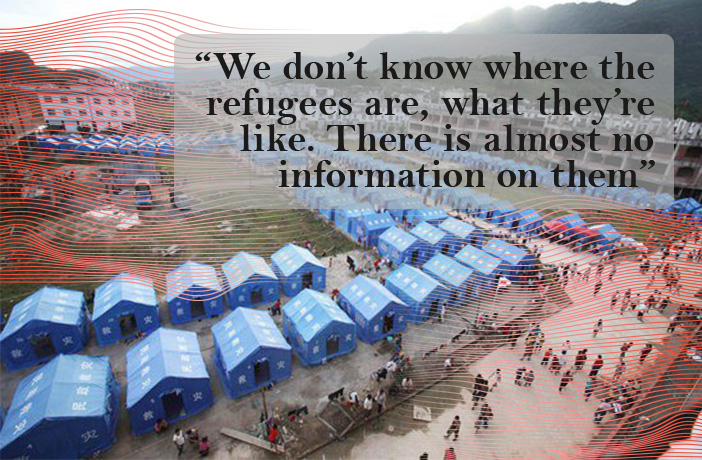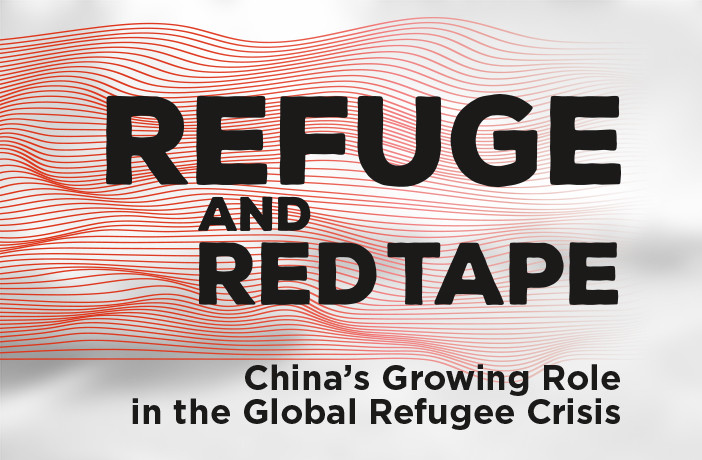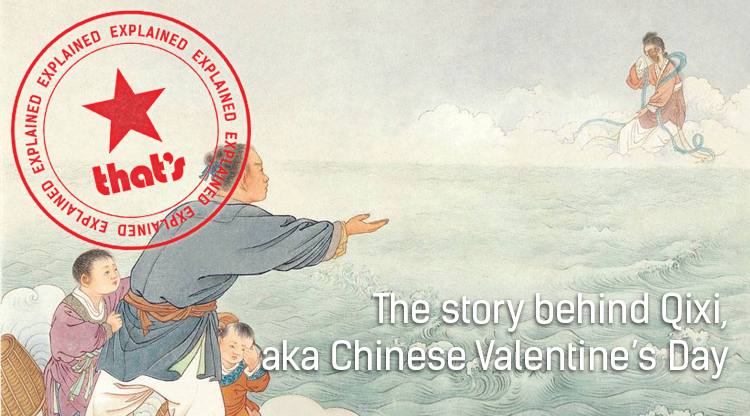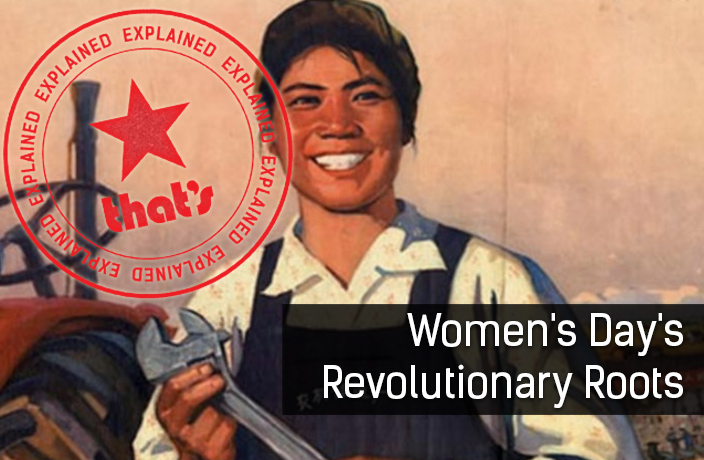As China's role on the international stage grows, so does its importance to the global refugee crisis. For this month's cover story we examine China's stance towards refugees, look at facts and figures of the global refugee crisis in relation to China and feature a first-hand account of seeking asylum in Beijing. In Part I of this three-part series, we take a look at China's growing role in the global refugee crisis.
Francis Teoh introduces Chinese movie star Yao Chen, the “queen of Weibo,” with a factual error.
“She has 80 million followers,” he says into his microphone. “Which I think is the population of... Norway? Sweden?”
Neither of those countries has even close to that many people. You would have to multiply Norway’s population by 16 to get the same number as Yao Chen’s Weibo following. The population of her Weibo account outnumbers the populations of most countries, not just the European ones.
Yao is a Goodwill Ambassador for UNHCR (the United Nations Refugee Agency), meaning she uses her colossal platform to advocate for the UN’s work with refugees around the world. (Many in the West have called her “China’s answer to Angelina Jolie” as a result.) “It’s so good to see so many people here this year!” she says to her audience at MOMA in Beijing. “Last year the crowd was much smaller.”
Yao and Teoh (UNHCR’s official representative in China) are hosting a film screening for World Refugee Day. Beijing is an interesting place to raise awareness toward refugees: As China’s role on the global stage grows, so does its importance to international refugee crises. Yet the country still does not officially grant asylum.
“A refugee in China would be in a similar situation to a refugee in Hong Kong,” says Patrick Poon, a China researcher for Amnesty International. “They’re basically just waiting for a third country to come in and take them.”
China has no domestic legislation recognizing the rights of asylum seekers, and so, for the time being, UNHCR processes asylum requests on China’s behalf. (As of 1982, the country is a signatory to the 1951 Convention Relating to the Status of Refugees and 1967 Protocol – click here for more information.) Asylum seekers are only allowed temporary stays in China, as of the 2012 Exit-Entry Administration Law: “Foreigners applying for refugee status may, during the screening process, stay in China on the strength of temporary identity certificates issued by public security organs.” For those who are granted asylum in China, it’s only fleeting.

Still, China has become increasingly involved in other countries’ refugee crises.
“Of the five permanent members of the UN Security Council, China contributes the largest number of military and civilian personnel to the UN Peacekeeping missions,” Teoh tells That’s Beijing, before going on to list a bevy of financial commitments that will benefit refugees: USD100 million pledged under the China-UN Peace and Development Fund; USD300 million under the South-South Cooperation Assistance Fund; USD2 million for Syrian refugees in Iraq, USD1 million in Afghanistan. Just last month, the government announced a USD5 million donation to World Food Programme efforts in Kenya.
Those millions are a drop in the bucket for the world’s second-largest economy. But in light of the Belt and Road Initiative, many at UNHCR expect to see China’s involvement in this arena grow. In May, China and the UNHCR signed an “Agreement on Economic and Technical Cooperation” worth USD8 million, before China pledged a further USD290 million in aid to developing countries along the Belt and Road.
The UNHCR’s High Commissioner, Filippo Grandi, made his first official visit to China shortly after this year’s Belt and Road Forum. In his speech – also attended by Yao Chen – he expressed high hopes for future cooperation.
“The Belt and Road Initiative is about international cooperation for peace, prosperity and inclusion,” he said. “We hope that China can invest some of those resources directly in countries hosting large numbers of refugees and displaced people. In doing so, it can empower refugees and their host communities in a win-win situation for all.”
But what does this mean for refugees within China? According to Patrick Poon, it’s hard to say. “We don’t know where they are, what they’re like. There is [almost] no information on them.”
READ MORE: What Is a Refugee, Anyway?
While Poon says it’s impossible to know the exact number of people seeking refuge in China, he does point out that current violence in Myanmar has led thousands of Burmese to flee over the Chinese border. In fact, the vast majority of refugees in China are from Indochinese countries like Vietnam and Myanmar (the thousands of Vietnamese who escaped to China in the 80s first prompted the UNHCR to establish a Beijing office).
Asylum seekers from outside Indochina are rare. As of 2015, most refugees from non-Asian countries were from Somalia, Nigeria, Iraq and Liberia. Teoh believes that China should expect more to come in the future.
“Given China’s prominence as the second-biggest economy, it is inevitable more and more people come to China, some of whom may end up seeking asylum,” he says.
Poon agrees: “I’m sure many [asylum seekers] go to China knowing the improving economic situation there. Maybe they see news about China’s booming growth and make a decision.”
The question, then, is what refugees can do once they’re here. Given that they’re not recognized under national law, refugees do not receive assistance from the Chinese Government.
“In China, asylum seekers are not allowed to work, hence they depend on their own funds or that of their friends or families to survive,” says Teoh. “With the global refugee crisis and budgetary constraints, UNHCR does not have the funds to provide for asylum seekers, with the exception of very vulnerable individuals on an emergency basis.”
Until asylum seekers become officially recognized, however, their life in China will remain how it is: one of anxious waiting.
Graphics by Iris Wang additional reporting by Dominique Wong
READ MORE: Part II: What Is a Refugee, Anyway? and Part III: I'm an Asylum Seeker Living in Beijing. Here's What My Life Is Like of our three-part series on China's stance towards refugees.






















0 User Comments